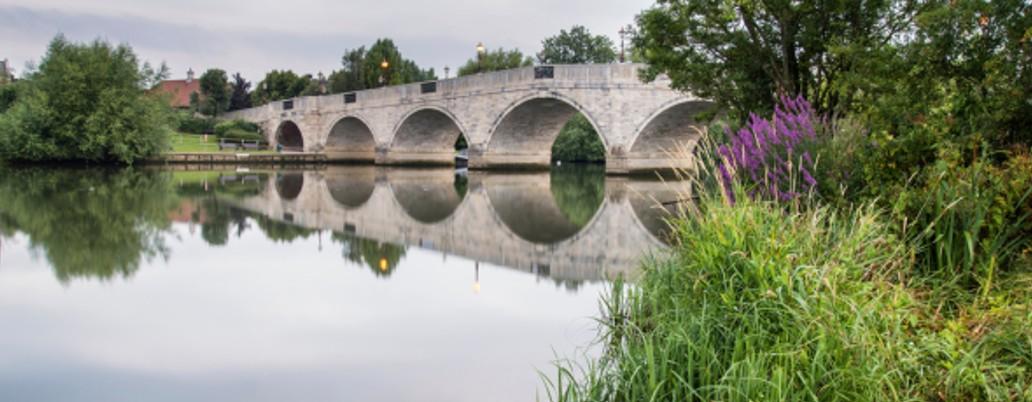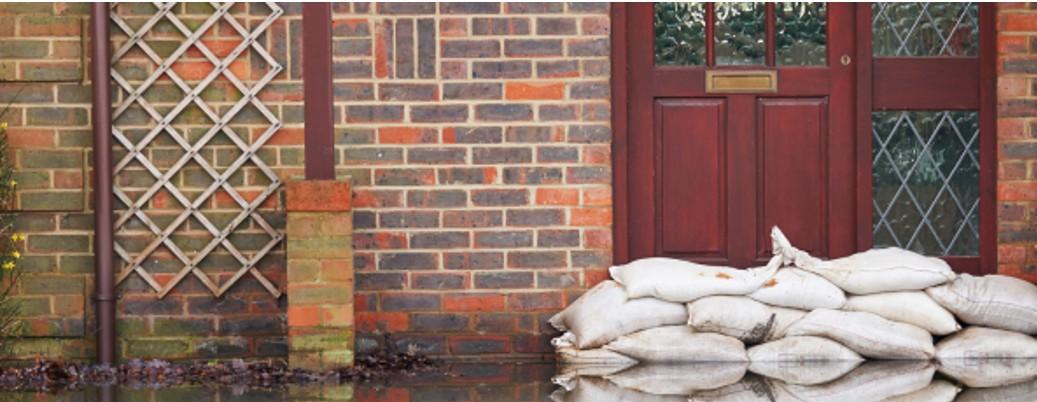Outcome 5
By empowering local people, we will create more resilient communities
Resilient communities are built through genuine partnership working between local authorities, voluntary groups, businesses, and residents as equal partners. This collaborative approach ensures that community responses are locally led and based on real needs. Empowering the voluntary and community sector with training, clear roles, and practical tools – and including vulnerable groups in the planning process – enables communities to become active drivers of their own resilience.
By establishing three local authorities aligned with Surrey’s recognised functional geographies, each council can develop the tools, frameworks, and resources that best suit their unique local context.
Effective frameworks cannot be imposed in a top-down way but rather, trust and capacity must be built over time. Regular joint exercises, trusted data-sharing in emergencies, and clear, accessible communication turn planning into effective action. When everyone knows their role and feels included, communities become not just better prepared - they grow more confident, connected, and capable of leading in times of crisis.

Flood resilience in Runnymede – Case Study
Runnymede Borough Council has worked closely with the Friends group and other stakeholders in improving the management of the Cabrera Trust Riverside Walk in Virginia Water to reduce flooding downstream. By bringing together the volunteer group who carry out tasks on the Trust’s land with experts in river and woodland management at a number of site meetings to discuss flood dynamics and resilience, the council has adjusted the land management practices, which helps to slow the flow of water travelling downstream. This increases the time taken for peak flood heights to be reached through the rest of the catchment and gives more time for additional mitigation measures and emergency response to be enacted in downstream areas. Additional works and funding mechanisms have been identified via these discussions which will provide further benefits to ecosystem health and flooding resilience through natural flooding management techniques.

Community resilience in Test Valley – Case Study
Following significant flooding across the borough in 2014, a number of agencies came together to look at what had worked well in terms of their response. It soon became apparent that where local communities had a community resilience plan in place, they required much less help and support from emergency services and the council.
In response to this, Test Valley Borough Council established a Community Resilience forum, a peer learning forum to enable communities to learn from the experiences and plans made by other places. This peer-to-peer learning resulted in a significant uptake in the number of communities engaged in local resilience planning. In other areas of Hampshire, organisations, such as Fire and Rescue, had promoted the idea of local resilience planning without a great deal of success.
With the onset of the COVID-19 pandemic in 2020, local community resilience was severely tested across Test Valley. However, the resilience network at the community level remained strong, meaning that local authorities in Test Valley had less direct involvement in providing practical support for residents than elsewhere and calls for assistance from the borough to the Hampshire-wide helpline were amongst the lowest in the county.
Their approach has been regionally recognised, with other local authorities seeking to learn from their experience, which was also highlighted as a nationally pioneering approach in a 2022 National Preparedness Commission report.
This form helps us improve the content and structure of our webpages only, and we cannot provide a response to any submission below.

